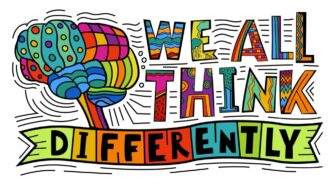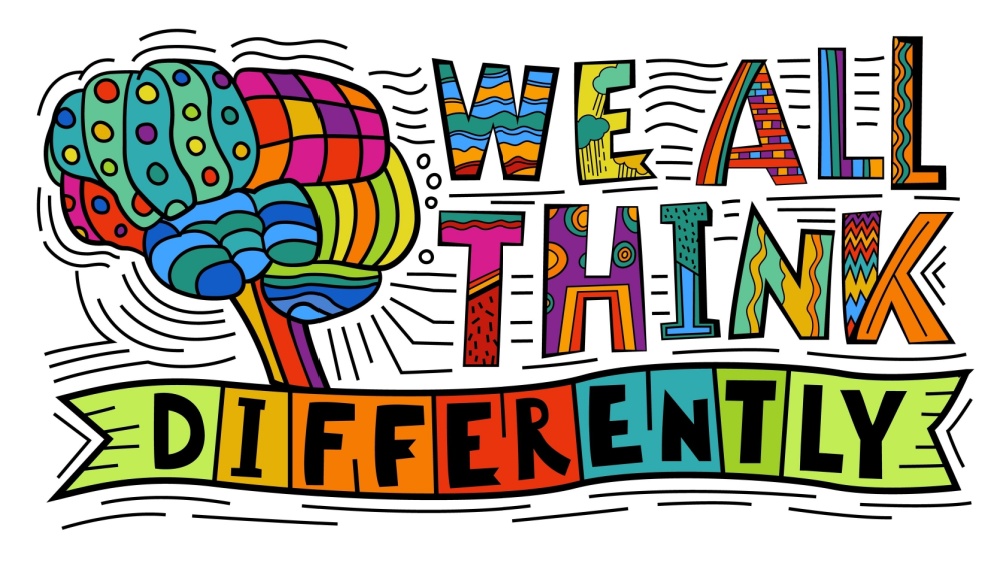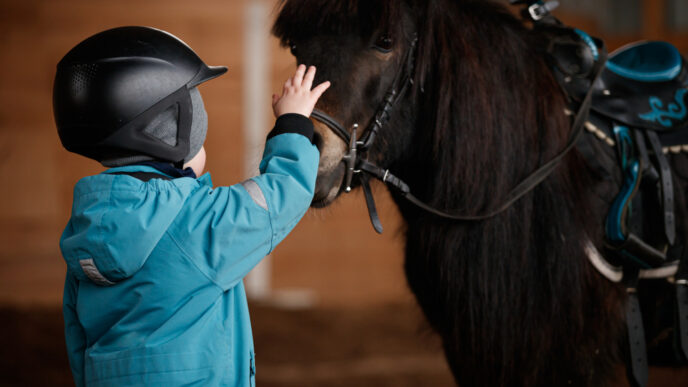Every child deserves a quality education, including those with autism. This article explores their challenges in learning and how parents and educators can help break barriers and build a brighter future.
WORDS LIM TECK CHOON
 FEATURED EXPERT FEATURED EXPERTASSOCIATE PROFESSOR DR ERWIN KHOO JIAYUAN Consultant Paediatrician and Head of Paediatrics Department IMU University |
EVERY CHILD DESERVES AN EDUCATION
Children with autism, like all children, have the right to learn.
While their learning journeys may differ based on where they fall on the spectrum, they can still acquire the knowledge and skills necessary for an independent life.
The key lies in understanding their unique needs and providing them with an environment that nurtures their growth.
CREATING A SAFE AND INCLUSIVE LEARNING SPACE
One of the most important aspects of educating children with autism is fostering a safe and inclusive environment.
Embrace Neurodiversity
Schools should embrace neurodiversity, which is the idea that differences in brain function—including that seen in people with autism, ADHD, and dyslexia—are natural variations rather than deficits or ‘problems’.
Associate Professor Dr Erwin Khoo Jiayuan emphasizes that inclusive education not only benefits children with autism but also bridges gaps between neurotypical and neurodivergent students.
“Exposure to diverse learning environments enhances communication skills, boosts self-confidence, and equips children with autism for future independence,” he explains.
Through peer awareness campaigns and structured interaction, schools can cultivate a culture of acceptance and reduce stigma.
Tailor Education to Support Learning
The autism spectrum affects cognitive, social, and behavioral development in different ways.
Some children struggle with executive functioning, making it difficult for them to transition between tasks or plan ahead. Others may face sensory sensitivities, which can make noisy classrooms overwhelming.
To address these challenges, Dr Erwin proposes that educators can implement structured teaching strategies, such as:
- Visual schedules to help students anticipate daily activities.
- Task breakdowns to make learning more manageable.
- Sensory-friendly classrooms with quiet zones and flexible seating.
- Social stories and peer-mediated learning to enhance social interactions.
- Assistive technologies like communication apps, text-to-speech software, and interactive learning tools to support communication, reduce sensory overload, and provide personalized learning experiences.
With the right accommodations, children with autism can thrive in their classrooms and develop essential life skills.
THE ROLE OF EDUCATORS AND SUPPORT PROFESSIONALS
Teachers play a crucial role in ensuring that children with autism receive a quality education.
However, traditional teaching methods may not always align with the needs of these children.
To overcome this barrier, Dr Erwin stresses the importance of teacher training, adding that such training should include:
- Autism-friendly teaching techniques
- Behaviour management
- Sensory accommodations
Beyond teachers, professionals like counsellors, therapists, and special education experts can contribute to a child’s holistic development. Schools should provide access to these specialists to ensure that children with autism receive the support they need to succeed.
ROLES OF THE COMMUNITY AND THE GOVERNMENT
“Initiatives such as therapy centres, parent support groups, and inclusive extracurricular programmes help create a well-rounded support system,” Dr Erwin adds.
He further notes that government policies and advocacy efforts can further drive inclusivity and accessibility in education.
To foster an inclusive environment outside the school for neurodivergent individuals, Dr Erwin points out that educating peer-students about autism through awareness campaigns, storytelling, and interactive activities can be helpful in achieving this goal.
“Encouraging peer buddies or mentoring programmes can foster meaningful friendships and reduce bullying,” he says.
PARENTS AS PARTNERS IN THEIR CHILD’S EDUCATION
Education does not stop at school.
Parents and caregivers must collaborate with educators to create a consistent learning experience at home and in the classroom.
Dr Erwin highlights the importance of home-school communication by sharing that parents should actively:
- Participate in individualized education programme (IEP) discussions
- Share insights about their child’s needs
- Maintain consistent communication with their child’s teachers
| An individualized education programme (IEP) outlines the educational goals and milestones tailored to meet the specific needs and address the specific concerns of a student with disabilities. |
Additionally, schools can engage families by:
- Hosting workshops
- Providing counselling services
- Connecting parents of children with autism to support networks.
A close collaboration between the child’s parents and school ensures that the child will receive continuous support, both academically and emotionally.
GIVING THE CHILD A FUTURE FULL OF POSSIBILITIES
The goal of education is to equip children with autism with the tools they need to lead fulfilling lives.
While challenges exist in meeting this noble goal, they can be overcome with patience, understanding, and the right support systems.
“Children with autism can succeed with the right accommodations. It’s not about changing them; it’s about changing the way we educate,” Dr Erwin states.
| This article is part of our series on autism and the parenting journey one takes with a child with autism. |














